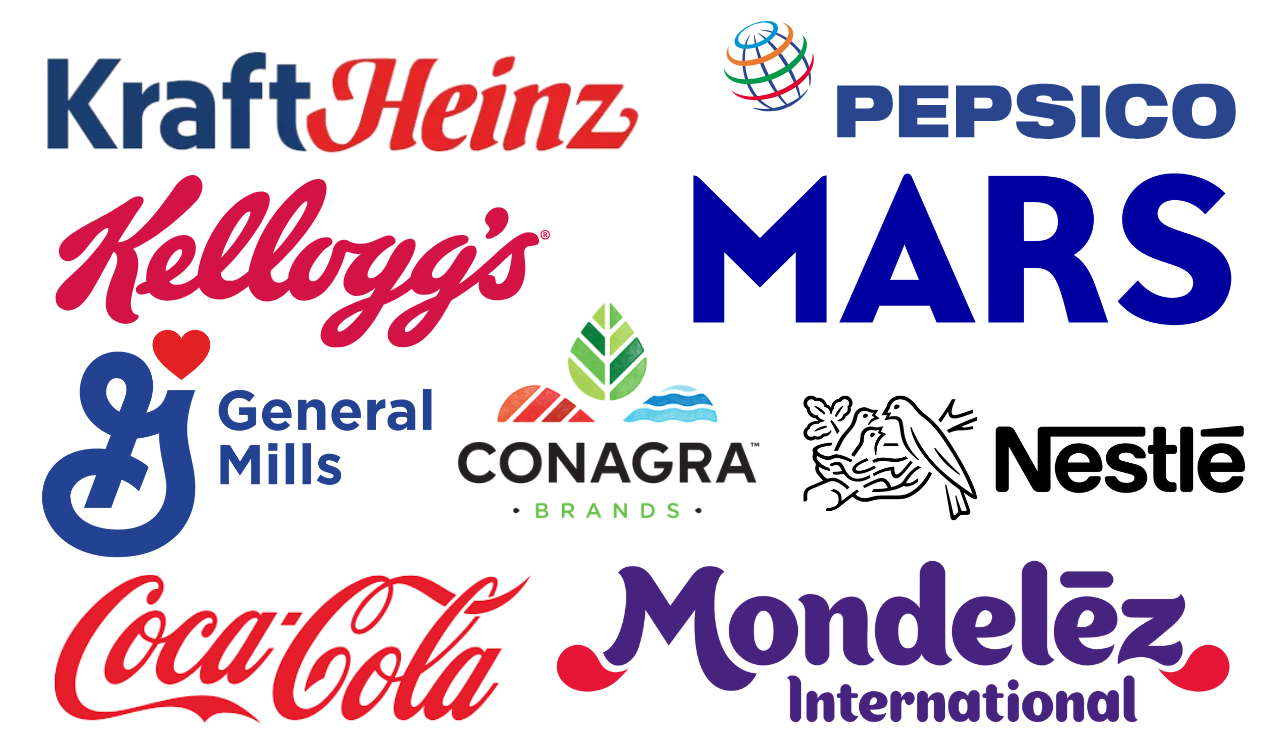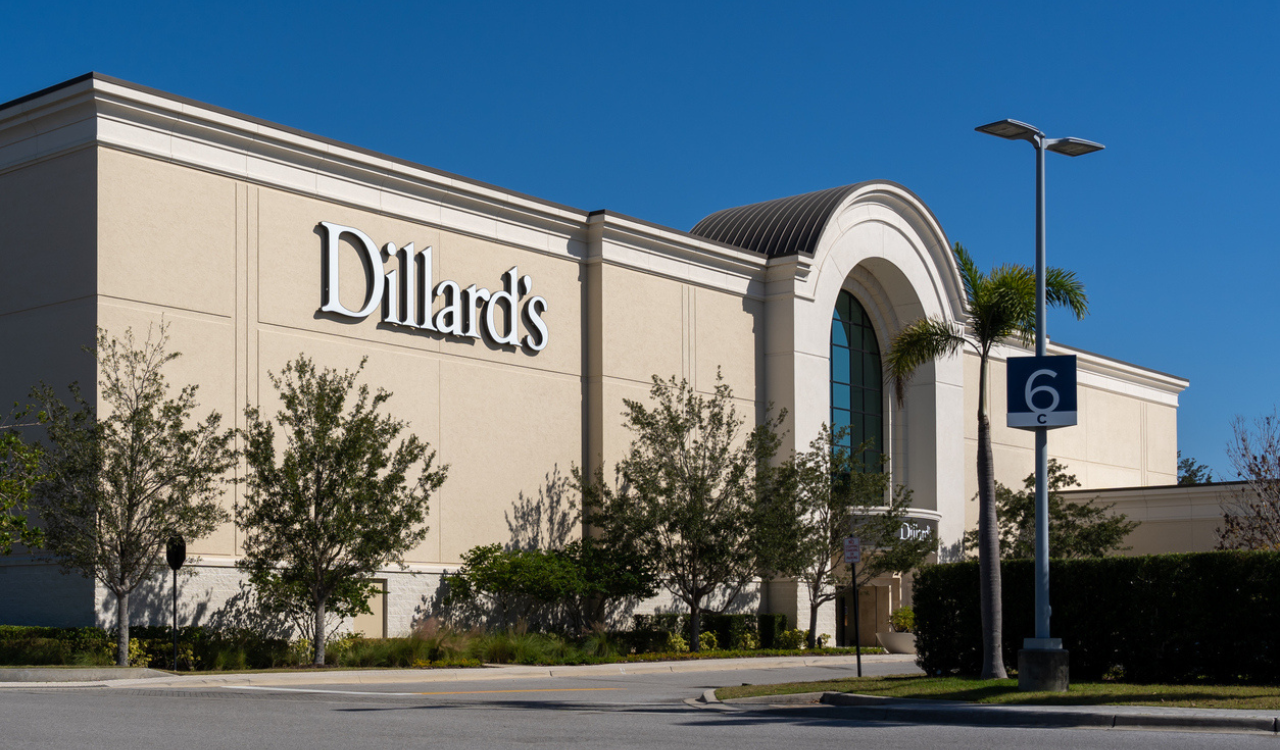If you’re wondering whatever happened to Rent the Runway (RTR), CEO Jenn Hyman gave us an update at Shoptalk Fall. Launched in 2009, RTR was a DTC pioneer that captured the imagination of consumers, and investors and scared the hell out of retailers. RTR was conceived by MBA classmates at Harvard like its brother Warby Parker by Wharton business grads in 2010. Hyman and her partner Jenny Fleiss went through some heady times, not the least of which was the realization that their anchor business was dry cleaning not formal dresses. Now having lost over 90 percent of its stock value, the Rent the Runway relaunch is in its early stages.
Blind to ambition, Glossier’s CEO, Kyle Leahy, surely threw down the gauntlet when she said, “We will be the next Chanel #5” referring to the 2023 launch of the fragrance Glossier You. Is that braggadocio or hubris?
Much of the DTC retail that was born, thrived and disrupted incumbents in the 20 years running up to Covid (if they are still in operation — 98 percent of startups fail) needs a strategic overhaul to succeed in the next 20. That transformation will include branding, product, assortments, supply chains, store ops and customer experience. This is certainly the case for RTR.
Rent the Runway: The Once and Future Disruptor
Just 15 years old, RTR is now looking inward, trying to get back that entrepreneurial spirit, experimentation with new things, and exploration of new business models according to Hyman’s comments during the opening keynote at Shoptalk Fall. Unsurprisingly, Hyman observed that while a lot in retail has changed in the last 15 years, not so much has changed in the fashion industry. But it is super surprising to hear her say adjacencies don’t matter. Really? Only a purely digital executive would say adjacencies don’t matter. Consumers access and consider purchases across multiple touchpoints, and where they decide to purchase is influenced by all those touchpoints. Where you show up in physical retail and what brands are co-located near you most definitely matter. One need only look at Nike’s successful return to physical store partnerships and how the failure of its attempt at DTC played out in Nike’s reduced relevancy and sales declines. Where you sit and with whom always matters!!
In retrospect Hyman realized she didn’t spend enough energy on marketing in the last few years as streamlining the business for profitability was the primary focus. She now sees RTR as a marketing partner to brands (indie-independent brands who care about their adjacencies and chose multi-branded retailers based on those potential adjacencies), so she overhauled RTR’s creative by infusing community through user-generated content (UGC). This low-cost marketing (non)strategy is her current thrust in the launch of a new subscription plan at a more accessible price point with many new independent brands –the lifeblood of fashion. In Rental 2.0, RTR is positioned as brand discovery for many affordable new styles and fits while focused on a sustainable, circular mindset. That is if you overlook the carbon footprint of shipping rented goods back and forth and the eco-impact of dry-cleaning. But hey, sustainability and circularity are never a zero-sum game; there is a carbon cost to everything – the death of garments as well as death itself.
The Rent the Runway relaunch includes collabs as dozens of new brands will be introduced to the RTR community. RTR allows for an organic experiential brand experience for its customers. What’s a better sales promotion strategy than getting customers to wear and live in the products? According to Hyman, 95 percent of RTR customers rent a brand they’ve never worn before and 80 percent purchase that brand and develop a new affinity.
Glossier: It’s All About You
Another iconic DTC darling, Glossier has a rosier story. Emily Weiss’ beauty blog, Into the Gloss, (ITG) started in 2010, birthed the beauty brand Glossier in 2014 and disrupted the beauty industry by bringing the category online connecting a loyal community with ecommerce and its user-inspired products. The aha moment at Glossier is its value proposition that transcends the speed and convenience of DTC; its emotional connection and community, and this is the solid foundation of forever brands.
Two new fragrances just launched to flank the original You: Glossier You Doux and Glossier You Rêve. Blind to ambition, Glossier’s CEO, Kyle Leahy, surely threw down the gauntlet when she said, “We will be the next Chanel N°5” referring to the 2023 launch of the original fragrance Glossier You. Is that a marketing strategy, braggadocio or hubris? Thomas du Pré de Saint Maur, Chanel’s head of global creative resources for fragrance and beauty, fine jewelry, and watches stressed when he spoke to the longevity of the N°5 Chanel fragrance, saying, “The only thing that counted was the woman.” We’ll see if the Glossier woman elevates You to an iconic Chanel level,
Anecdotally, my students at Parsons guffawed at the thought that Glossier You would replace the iconic Chanel N°5, even though they absolutely love the Spring Street flagship. Yes, these students sit right in the middle of Glossier’s target market, but they comment on its juvenile image and think the target is pre-teen girls.
David Yurman: Common Sense Tech
Venerable David Yurman, well known for its double helix rope jewelry introduced in 1993, is taking the AI plunge with their recent hire, Leila Jalai, SVP of Global Planning & Inventory Management. Jalai addressed retail efficiency with AI and its ability to automate repetitive, mundane tasks such as manually rebalancing inventory, thereby allowing teams to shift their focus to more critical activities. She also spoke to unified commerce and its dependence on data-driven collaboration, the destruction of departmental silos and the necessity of information sharing, especially consumer data, flowing freely among planning, marketing, and operations for a fully integrated business approach. Real-time, multi-dimensional visibility is the ultimate goal for inventory management, with AI playing a crucial role in reaching this level of efficiency. Jalai said “When implementing AI and automation, it’s important to be realistic about time, cost, and capabilities. Gut instincts and business acumen are still essential; technology isn’t a silver bullet.”
Farm Rio: New Kid on the Block
Daniel Martinez, Global Retail Director of Farm Rio has a great story. This vibrant happy brand with vibrant happy prints, at contemporary price points, is a breath of fresh air.
Relatively new to the U.S., the idea of FARM began in 1997 when two friends, Kátia Barros and Marcello Bastos, set up a stand and created the brand FARM at the Babilônia Feira Hype market. Just two years later, they opened their first store. The “FARM lifestyle” is inspired by Rio de Janeiro girls and their colorful prints.
Brazil-based, it uses a localization strategy to reflect regional preferences and sizing. Farm Rio has opened stores in the Marais in Paris, London and the U.S., including a Soho flagship and Williamsburg store in Brooklyn and is also at top global department stores including Liberty, Bon Marche, Saks Fifth Avenue and Bloomingdale’s. Collaborations (Adidas, Levi’s, Starbucks, Sézane) and organic social media with FARM Fans Taylor Swift and Beyoncé make Farm Rio relevant with global brand awareness.
Farm Rio is part of Brazil’s largest fashion company, Grupo Soma and its international expansion is considered one of the company’s main growth drivers. In 2023, Farm Rio’s international sales grew 24 percent to US$117 million and ended 2023 with four international company-owned stores with 193,000 active customers (up 30 percent year over year), 95 percent of whom made purchases through the digital channel. For the first six months of 2024, sales rose 29 percent to US$78 million and international stores totaled six with an active pipeline for five more in 2024.
Martinez’s brand strategy encompasses five pillars that complement each other and work to amplify the Farm Rio brand: wholesale, earned media, the store, digital media and collaborations. The strategy is working and benefits Farm Rio’s truly differentiated product. (Think Mickey Drexler’s mantra, “The No. 1 thing is the product. The goods have to be good, but I care about how you feel about it.”)
The Right Stuff
There is no silver bullet for retail growth. In fact, pragmatism rules over innovation as the industry faces the headwinds of ambivalent customer optimism. Overshadowed by global macroeconomics, sales and profit growth are earned by well-informed retailers and brands who can better meet customer needs and drive loyalty. A culture of experimentation, leveraging tech solutions, agile product launches, and a ‘minimum viable product’ (MVP) mindset helps retailers iterate, learn, and expand. There is a ‘back to the future’ aspect to retailing today as it becomes untethered from the seductive yet completely untenable growth-at-any-cost and lack-of-a-road-to-profitability mentality of the startups. We’re looking at a more rational industry.
In the final wrap-up session at Shoptalk, Ben Miller, VP of Original Content, summarized a working definition of unified commerce by referring to Jennifer Wilson, CMO at Lowe’s. Her formula is to move away from the brick-and-mortar, omnichannel delivery model to a tech-enabled ecosystem with seamless execution underpinned by loyalty. And in a dramatic back to the future moment, her perspective parallels the notion of a consumer centricity enabled by a frictionless seamless experience that Robin Lewis articulated and advocated in his 2014 book “The New Rules of Retail.” Cross-functional collaboration and the breaking down of silos among various operational areas are critical to driving retail innovation and meeting consumer demand. Retail is moving towards a unified, seamless, and tech-enabled ecosystem where loyalty and customer-centricity are key drivers. Just as Lewis predicted over 10 years ago.





